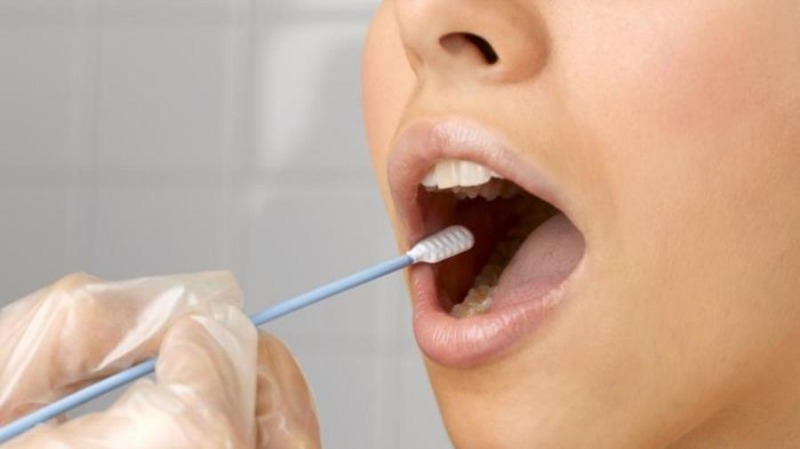Give sight back to those in need

Regenerative medicine has the potential to help millions of patients across the globe, but those who need it the most don’t always have access to it, whether by lack of money or infrastructures. Researchers from the University of Oslo attempt to remedy this problem by developing easily accessible techniques for developing countries. One of these could allow treating an important amount of patients suffering from vision loss, simply with the help of stem cells found in their mouths.
From mouth to eye
Loss of transparency in the cornea (the frontal part of the eye) following injuries can lead to important vision loss. Such injuries are treatable in Canada by isolating and transferring stem cells from an intact eye to the damaged cornea. But this method requires costly installations and meticulous technique that are not available in all countries. By cultivating cells isolated from the oral cavity, and then grafting them at the surface of the eye, the Norwegian researchers have succeeded in restoring a clearer vision in three quarters of the treated patients. This success also allows the patients to avoid taking immunosuppressive drugs that are both costly and responsible of many side-effects.
Accessibility for all
Researchers are now working on simplifying the transportation methods of these cells, so that it may truly become accessible for third world countries. For Rakibul Islam, Ph.D candidate affiliated with the project, "Today, cells from the oral cavity are being cultivated for treatment of blind at a few specialized centers in the world. By investigating the most optimal conditions for storing and transporting the cultivated tissue, we will be able to make this treatment available worldwide, and not just close to the cultivation centers".